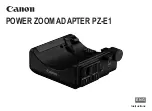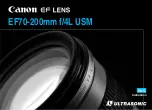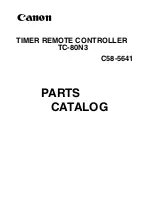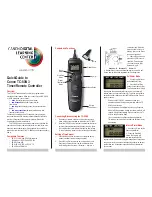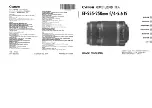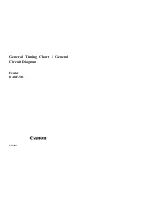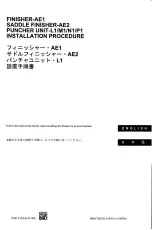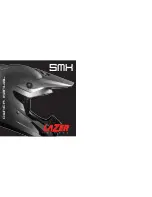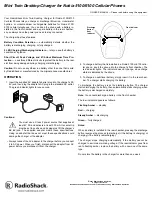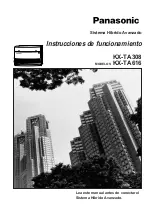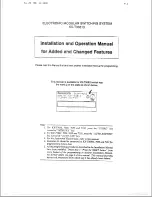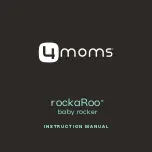
76
•
Operational Reference
Linea GigE Series Camera
Transfer Block Count
TransferBlockCount
Specifies the number of Data Blocks the device must
stream during the next transfer.
1.00
Expert
Transfer Queue Current
Block Count
transferQueueCurrentBlockCount
Returns the current number of blocks in the transfer
queue.
1.00
Expert
Transfer Start
TransferStart
Starts the streaming of data Block(s) to another
device.
1.00
Expert
Transfer Stop
TransferStop
Stops the streaming of data Block(s) to another
device.
1.00
Expert
Transfer Abort
TransferAbort
Aborts the streaming of data Block(s) to another
device.
1.00
Expert
Acquisition Buffering
All acquisitions are internally buffered and transferred as fast as possible to the host system. This
internal buffer allows uninterrupted acquisitions no matter of any transfer delays that might occur
(such as acquisition rates faster that the Gigabit Ethernet link or the IEEE Pause frame). Only when
the internal buffer is consumed would an Image Lost Event be generated.
The camera has 1 block of 256MB. A portion of the memory could be reserved for packet resends
but at the loss of accumulating frames.
Using Transfer Queue Current Block Count with CamExpert
This feature returns the number of frames buffered within the Linea GigE pending transfer to the
host system. Image lines/frames are buffered in cases where the host system is temporarily busy
or cases of high network traffic with other devices through the same Ethernet switch. By buffering
image frames, the Linea GigE will not need to drop data when there are temporary delays to the
transfer.
When using CamExpert, right click on this field and then click on Refresh from the pop-up menu.
The current frame count in the transfer buffer is displayed in the Value field. During live grab, if the
number of frames in the transfer buffer is increasing, then there is a problem with the network or
host bandwidth being exceeded. The ImageLost event occurs when all buffer space is consumed.
Overview of Transfer Control (TransferControlMode)
Linea GigE acquisition transfers operate either in the basic coupled mode or in an independent
decoupled user controlled mode, as described below.
TransferControlMode = Basic
The Basic Transfer Mode provides maximum compatibility with any control application running on
the host computer. In this mode, the host based acquisition program commands the camera to do
a frame grab, send it through the camera’s frame buffer to the camera’s transfer module, where it
is then received by the host. The acquisition rate is limited by the transfer rate to host.
TransferControlMode = UserControlled
The User Controlled Transfer Mode decouples the camera acquisition module from the camera
transfer module and also from the host computer transfer module. The user has total control of
each of the three control modules. Some important points are:
•
The acquisition module writes frames into the camera’s circular frame buffer memory. Only
when all buffers are written will the next acquisition overwrite a previously stored image (this
also generates the ImageLost event).
•
The camera transfer module is independent of the acquisition. This allows the acquisition to not
be interrupted by any network delays or traffic on the connection with the controlling host
computer.
Summary of Contents for Linea GigE 2K
Page 101: ...Linea GigE Series Camera Network Overview Tools 99...
Page 106: ...104 Technical Specifications Linea GigE Series Camera...
Page 112: ...110 Technical Specifications Linea GigE Series Camera EC FCC Declarations of Conformity...
Page 113: ...Linea GigE Series Camera Technical Specifications 111...































